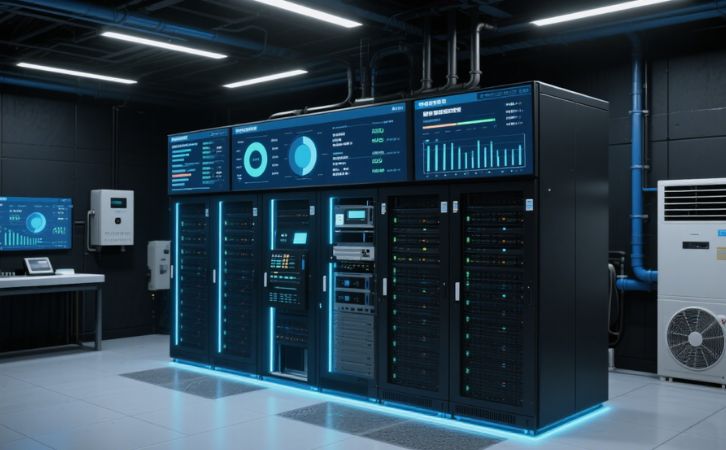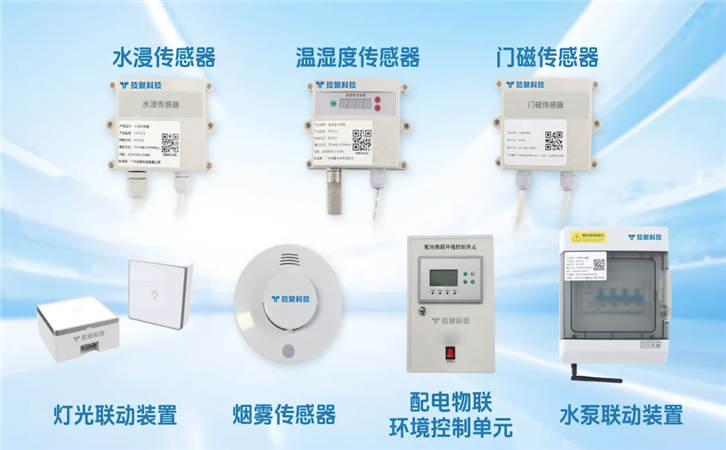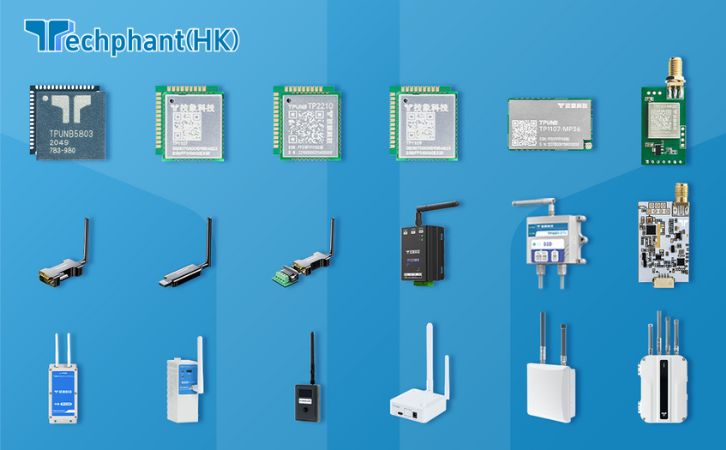Smart buildings leverage advanced technologies to enhance operational efficiency, occupant comfort, and sustainability. Among these technologies, Internet of Things (IoT) sensors play a pivotal role in optimizing energy efficiency. By collecting real-time data and enabling dynamic control of building systems, IoT sensors help reduce energy waste, lower operational costs, and support environmental sustainability. This article explores how IoT sensors drive energy efficiency in smart buildings, detailing their mechanisms, applications, and benefits.
I. The Role of IoT Sensors in Energy Monitoring
IoT sensors serve as the backbone of energy management in smart buildings by providing granular, real-time data on energy consumption. These devices, embedded in systems like lighting, HVAC (heating, ventilation, and air conditioning), and electrical appliances, monitor usage patterns with precision. For instance, smart meters equipped with IoT sensors track electricity consumption at the device or circuit level, identifying inefficiencies such as standby power losses or overactive systems.
Occupancy sensors, another critical type, detect human presence in rooms to optimize energy use. In a commercial office, for example, these sensors can reduce energy waste by up to 30% by dimming lights or adjusting HVAC settings in unoccupied areas, according to studies by the U.S. Department of Energy. Environmental sensors, measuring variables like temperature, humidity, and CO2 levels, further refine energy usage by ensuring systems operate only when necessary. This continuous monitoring creates a data-driven foundation for energy optimization, enabling building managers to make informed decisions and implement automated adjustments.
II. Dynamic Control and Automation Through IoT Integration
Beyond monitoring, IoT sensors enable dynamic control of building systems through integration with Building Management Systems (BMS). A BMS acts as a central hub, processing sensor data to automate energy-efficient operations. For example, IoT-enabled thermostats adjust HVAC settings based on real-time temperature and occupancy data, maintaining comfort while minimizing energy use. In a case study of a smart office in Singapore, IoT-driven HVAC optimization reduced energy consumption by 25% annually, as reported by the Building and Construction Authority.
IoT sensors also facilitate demand-response strategies, where buildings adjust energy usage during peak grid demand. For instance, during high electricity price periods, sensors can signal non-essential systems like escalators or decorative lighting to power down temporarily. This integration extends to renewable energy sources, such as solar panels, where IoT sensors monitor output and balance it with building demand to maximize clean energy use. By enabling real-time automation, IoT sensors ensure buildings operate at peak efficiency without compromising functionality.
III. Data Analytics and Predictive Optimization
The true power of IoT sensors lies in their ability to feed data into advanced analytics platforms, enabling predictive energy optimization. Machine learning algorithms analyze historical and real-time sensor data to forecast energy needs and identify patterns of waste. For example, in a smart retail building, analytics might reveal that lighting in certain zones remains active during low-traffic hours, prompting schedule adjustments that save energy without affecting operations.
Predictive maintenance is another key benefit. IoT sensors monitor equipment performance, detecting anomalies like unusual power spikes in HVAC units that may indicate inefficiencies or impending failures. By addressing these issues proactively, buildings avoid energy-intensive malfunctions. A 2023 report by McKinsey estimated that predictive maintenance in smart buildings can reduce energy costs by 10-15% annually. Furthermore, cloud-based IoT platforms allow building managers to access these insights remotely, enabling scalable energy management across multiple properties.
IV. Challenges and Solutions in IoT-Driven Energy Efficiency
While IoT sensors offer significant benefits, their implementation faces challenges. High initial costs for sensor installation and system integration can deter adoption, particularly for smaller buildings. However, declining sensor prices—down 40% since 2015, per industry reports—and scalable IoT platforms are making deployments more accessible. Retrofitting older buildings also poses difficulties due to compatibility issues with legacy systems. Modular IoT solutions, such as wireless sensors, mitigate this by allowing gradual upgrades without extensive rewiring.
Cybersecurity is another concern, as networked sensors are vulnerable to breaches. To address this, building operators must implement robust encryption and regular software updates. For instance, adopting MQTT (Message Queuing Telemetry Transport) protocols with TLS encryption ensures secure data transmission. Additionally, interoperability between diverse IoT devices can be challenging due to varying standards. Industry initiatives, like the Zigbee Alliance, promote universal protocols to streamline integration. By addressing these challenges, smart buildings can fully harness IoT sensors for energy efficiency.
Conclusion
IoT sensors are transforming smart buildings into models of energy efficiency by enabling real-time monitoring, dynamic automation, and predictive optimization. From reducing HVAC energy use to integrating renewable sources, these devices empower building managers to minimize waste while maintaining occupant comfort. Despite challenges like costs and cybersecurity, advancements in IoT technology and standards are making these solutions more viable. As smart buildings become the norm, IoT sensors will remain central to achieving sustainable, cost-effective, and intelligent energy management, paving the way for greener urban environments.



